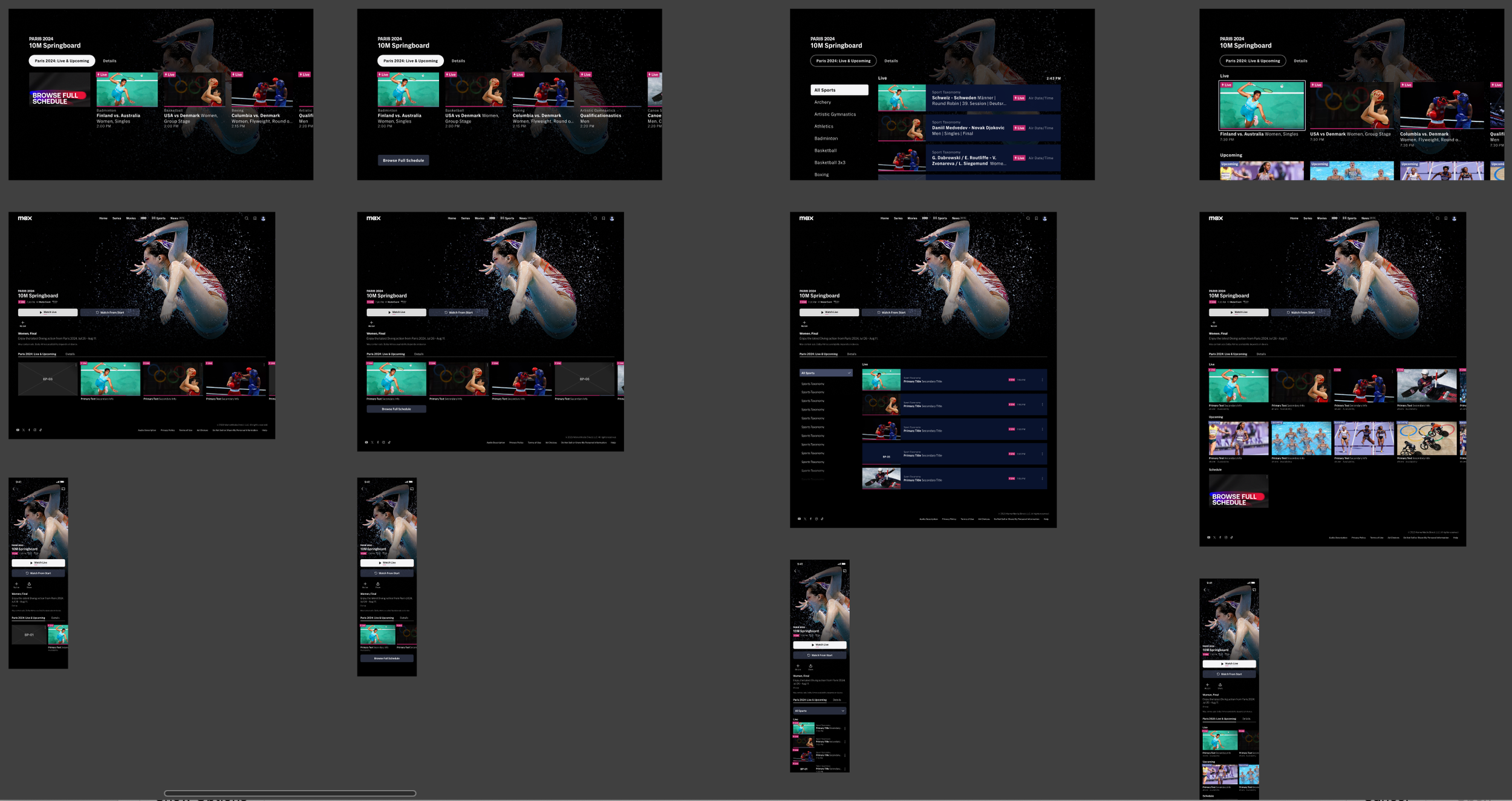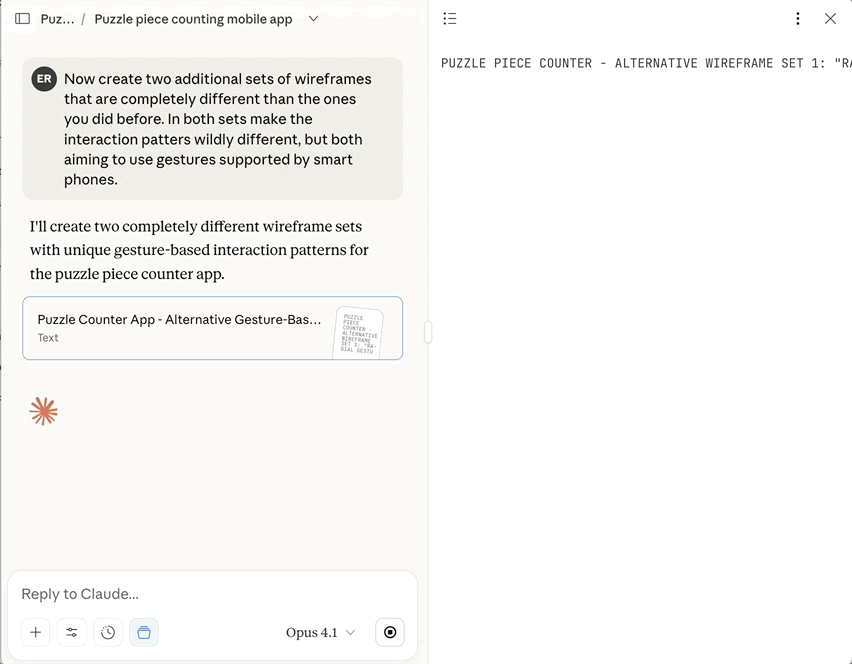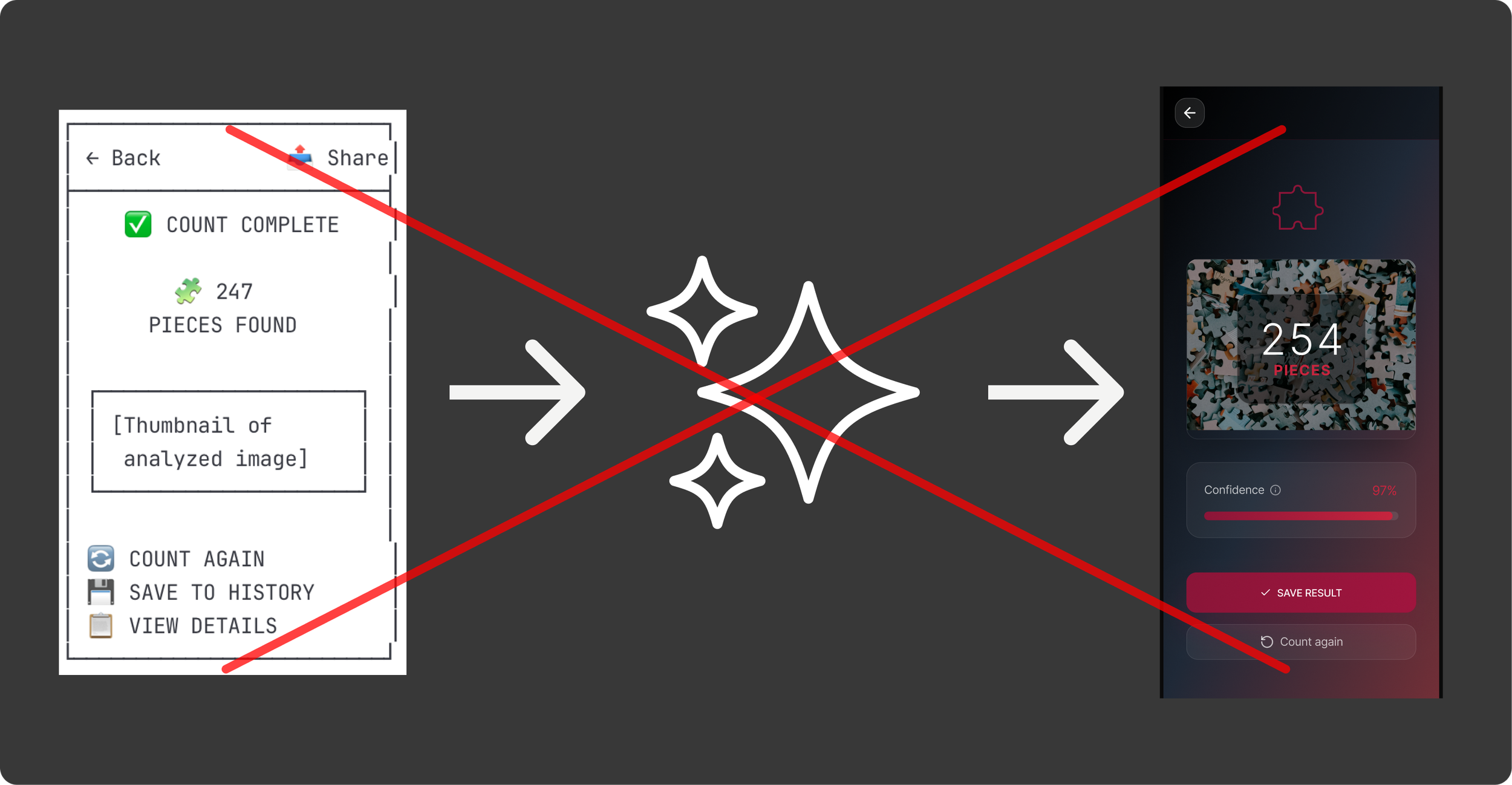
I am a design leader with over 13 years experience crafting complex and beautiful apps and websites. I help businesses succeed by creating compelling experiences that are immediately easy and fun to use and get richer and more engaging with time.
Ask My Robot Concierge
Design Leadership
Interaction Design
Collaboration
Accessibility
User Research












